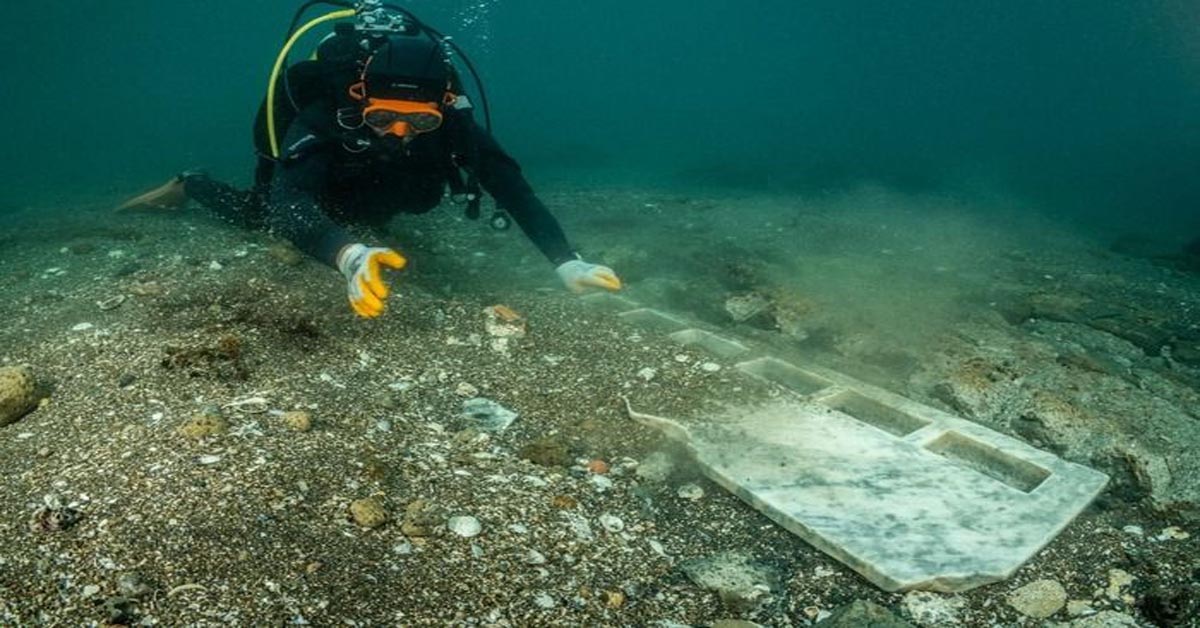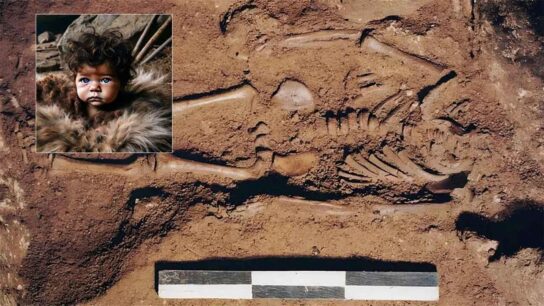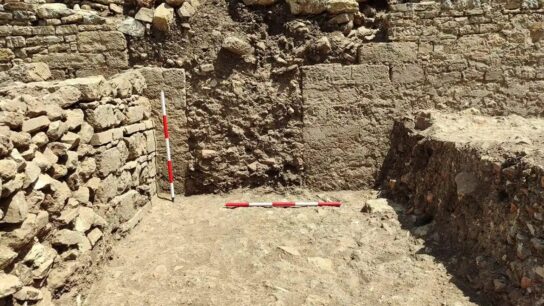Underwater Archaeologists Unearth Stunning Nabatean Temple and Marble Altars
Underwater archaeologists have discovered an amazing ancient temple with marble altars at the bottom of the sea of Pozzuoli in the Italian region of Campania.
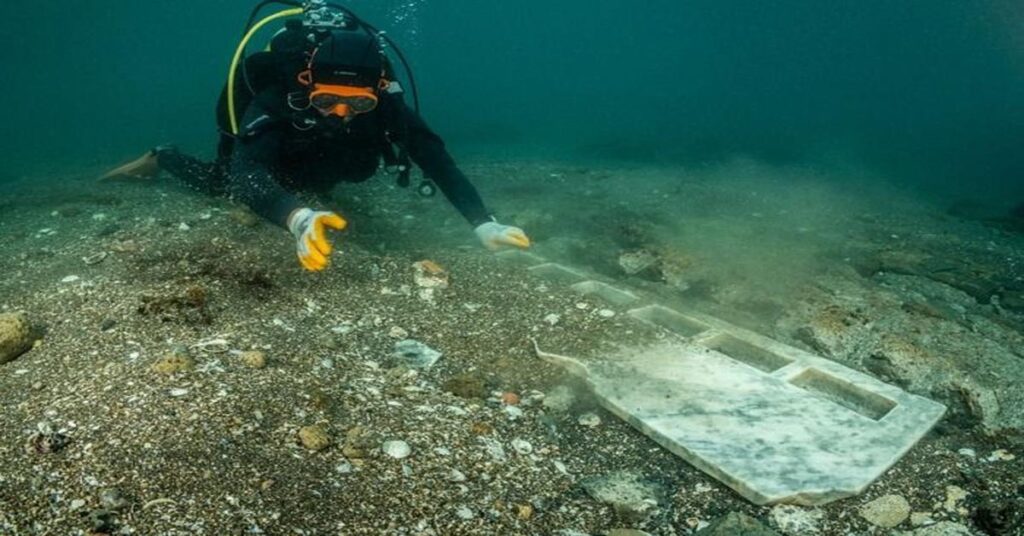
The two Roman-age marble altars, datable to the first half of the 1st century AD, are inserted inside the great Temple of the Nabateans, now submerged due to bradyseism.
The Nabateans were an ancient Arab people who inhabited northern Arabia and the southern Levant. They emerged as a distinct civilization and political entity between the 4th and 2nd centuries B.C.
Most of their settlements were located near Petra, Jordan. The Nabateans were engaged in trading between the East, the Indian Ocean, and Rome, and they controlled important trading networks across the ancient world.
Described as fiercely independent by contemporary Greco-Roman accounts, Emperor Trajan annexed the Nabataeans into the Roman Empire in 106 C.E.
To enable fast and successful trade, the Nabateans established their base inside the Pozzuoli port, the largest commercial port of the Roman Mediterranean.
On the seabed of Pozzuoli, scientists have previously found stone slabs inscribed in Latin with a dedication to God Dushara (also translated as Dusares), a pre-Islamic God worshipped by the Nabateans.
In a press statement, the Minister for Civil Protection and Marine Policies, Nello Musumeci, and the Minister of Culture, Gennaro Sangiuliano announced the submerged Nabatean sanctuary was identified with advanced topographical instruments.
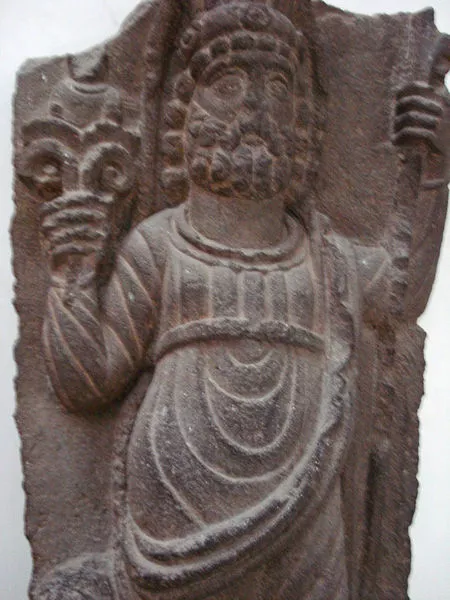
The research conducted by Dr. Michele Silani of the L. Vanvitelli University, by Dr. Michele Stefanile of the Scuola Superiore Meridionale, and by Dr. Maria Luisa Tardugno of the Superintendency of Archaeology, Fine Arts and Landscape for the metropolitan area of Naples, have allowed, in addition to the correct positioning of the Temple, to recognize environments, warehouses, buildings of the imperial administration and roads of the ancient port.
The underwater discovery allows us to better understand the articulation of this complex sector of the Pozzuoli port, in which the sacred buildings of the foreign communities stood in very close contact with the long rows of warehouses intended to store the many goods in transit in the port, ready to be sorted towards Campania or redirected directly to Rome.
“These are extraordinary results, Rome’s past never ceases to amaze,” Sangiuliano said, praising the archaeological discovery.

